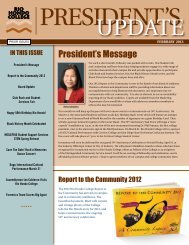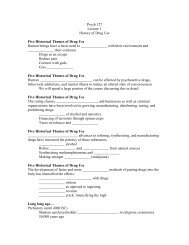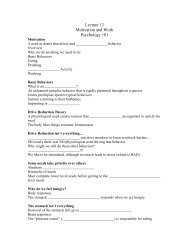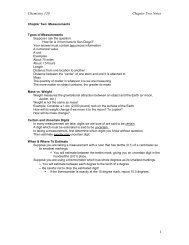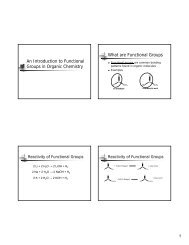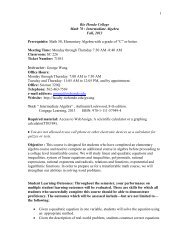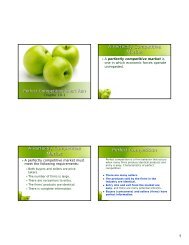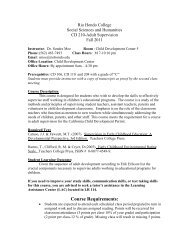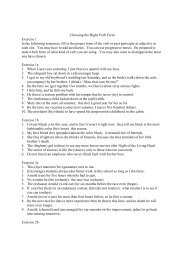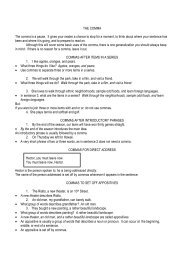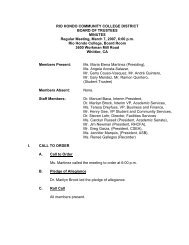Green Building and LEED Core Concepts Guide First Edition
Green Building and LEED Core Concepts Guide First Edition
Green Building and LEED Core Concepts Guide First Edition
Create successful ePaper yourself
Turn your PDF publications into a flip-book with our unique Google optimized e-Paper software.
Americans' use of the limited public water supply continues<br />
to increase as development exp<strong>and</strong>s. Municipally<br />
provided potable water is delivered to users for domestic,<br />
commercial, industrial, <strong>and</strong> other purposes <strong>and</strong><br />
is the primary source of water for most build ings, but<br />
high dem<strong>and</strong> is straining limited supplies. The resulting<br />
wastewater then overwhelms treatment facilities, <strong>and</strong><br />
the untreated overflow can contaminat~<br />
rivers, lakes,<br />
<strong>and</strong> sources of potable water with bacteria, nitrogen,<br />
toxic metals, <strong>and</strong> other contaminants. Add itional municipal<br />
supply <strong>and</strong> treatment facilities must then be<br />
built, at public cost.<br />
lEED encourages <strong>and</strong> recognizes efficiency measures<br />
that significantly reduce the amount of potable water<br />
•<br />
use"d by buildings while still meeting the needs of the<br />
systems <strong>and</strong> the occupants. These measures involve all<br />
the water usage associated with buildings:<br />
Indoor water for restroomsj<br />
Outdoor water for l<strong>and</strong>scaping; <strong>and</strong><br />
Process water for industrial purposes <strong>and</strong><br />
buiJding systems.<br />
37



